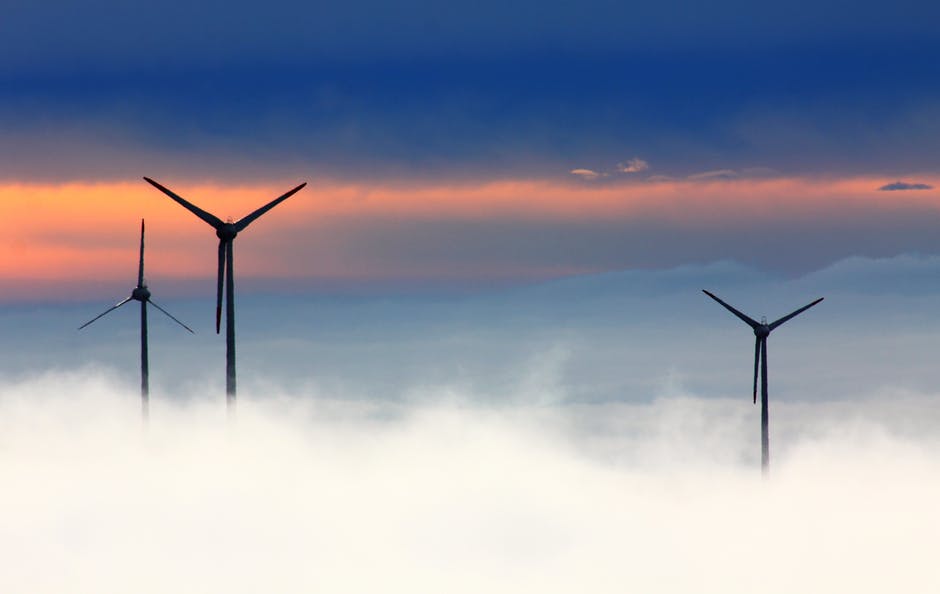The carbon intensity of the UK’s power grid fell below the targets set for 2030 over the bank holiday weekend, as high levels of wind generation led the way for low carbon sources to meet significant levels of overnight demand.
At its lowest point, carbon intensity on the grid reached as low as 79g CO2/kWh at midnight on Sunday, according to data released by National Grid. However Drax Electricity Insights, which combines data from the grid operator, Elexon and Sheffield Solar, placed the figure as at 72gCO2/kWh seven minutes later.

This coincided with around 9GW of generation from the UK’s wind assets, reaching as high as 9.8GW by 7:38am yesterday (27 August).
Overall, the UK Grid’s carbon intensity fell below 100g CO2/kWh for 32 settlement periods between 1:30am on Friday and 6:00am yesterday according to National Grid’s data. By 2030, the UK’s carbon targets have set the country on a course to try and achieve between 50-100g CO2/kWh.
This was buoyed by significantly lower gas generation which ranged between 2.5GW to 4.7GW overnight into Monday. The majority of the remaining demand met required by the UK was delivered by nuclear, which still generated less than wind, while small amounts of hydro, biomass and interconnectors or storage made up the rest.
Read more: Current News


